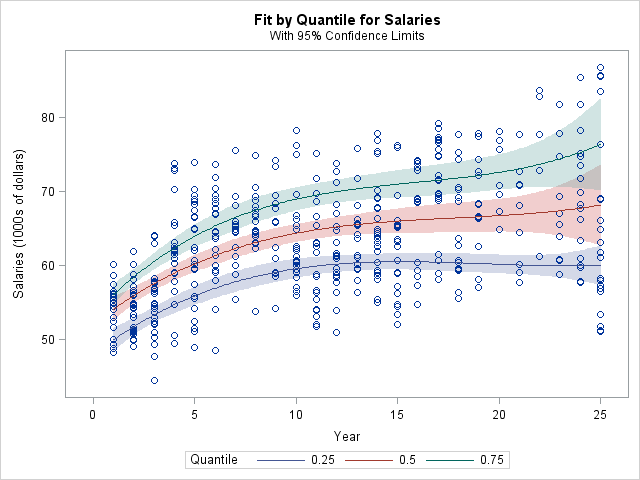
Now that you have seen some history of the pipe operator in other programming languages, it's time to focus on R.

Similarly, F# has a forward pipe operator, which will prove to be important later on! Lastly, it's also good to know that Haskell contains many piping operations that are derived from the Shell or Terminal. Image Credit: James Balamuta, "Piping Data" Pipe Operators in Other Programming LanguagesĪs mentioned in the introduction to this section, this operator is not new in programming: in the Shell or Terminal, you can pass command from one to the next with the pipeline character |. Alternatively, you can visually represent this as: If you would want to note this down, you will use the notation $f ◦ g$, which reads as "f follows g". In short, "chaining" means that you pass an intermediate result onto the next function, but you'll see more about that later.įor example, you can say, $f(g(x))$: $g(x)$ serves as an input for $f()$, while $x$, of course, serves as input to $g()$. If you have two functions, let's say $f : B → C$ and $g : A → B$, you can chain these functions together by taking the output of one function and inserting it into the next. You'll cover all three in what follows! History of the Pipe Operator in R Mathematical History Now, you can look at the history from three perspectives: from a mathematical point of view, from a holistic point of view of programming languages, and from the point of view of the R language itself.

You'll discover the answers to these and more questions in this section. Questions such as "where does this weird combination of symbols come from and why was it made like this?" might be on top of your mind.
#Understanding fitplot sas full#
To understand what the pipe operator in R is and what you can do with it, it's necessary to consider the full picture, to learn the history behind it. Are you interested in learning more about manipulating data in R with dplyr? Take a look at DataCamp's Data Manipulation in R with dplyr course.


 0 kommentar(er)
0 kommentar(er)
